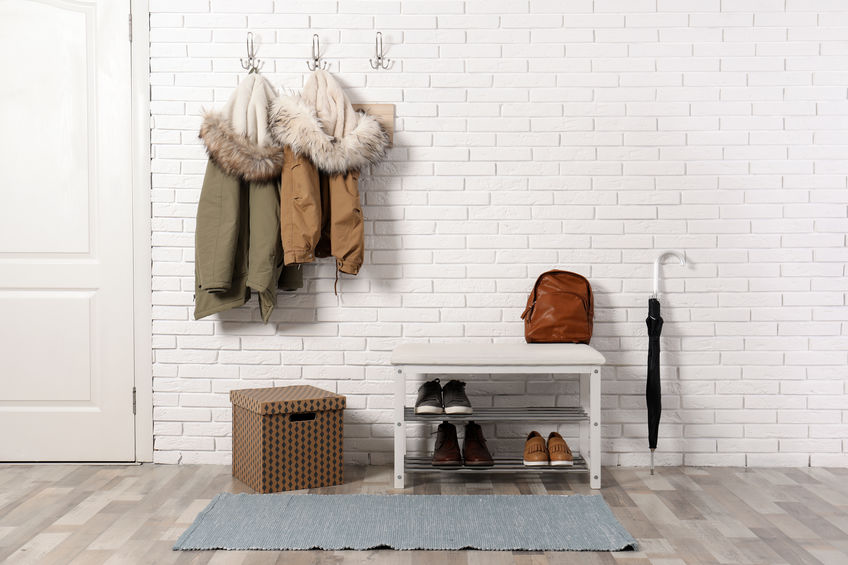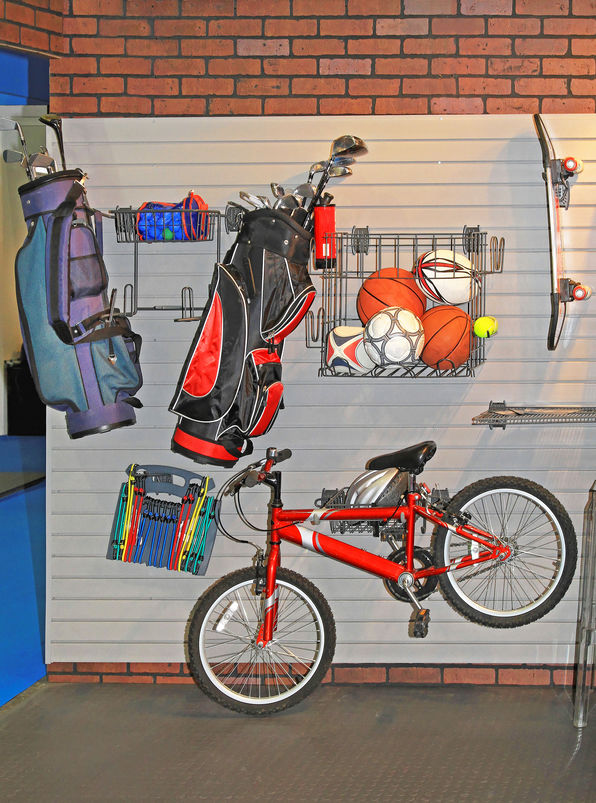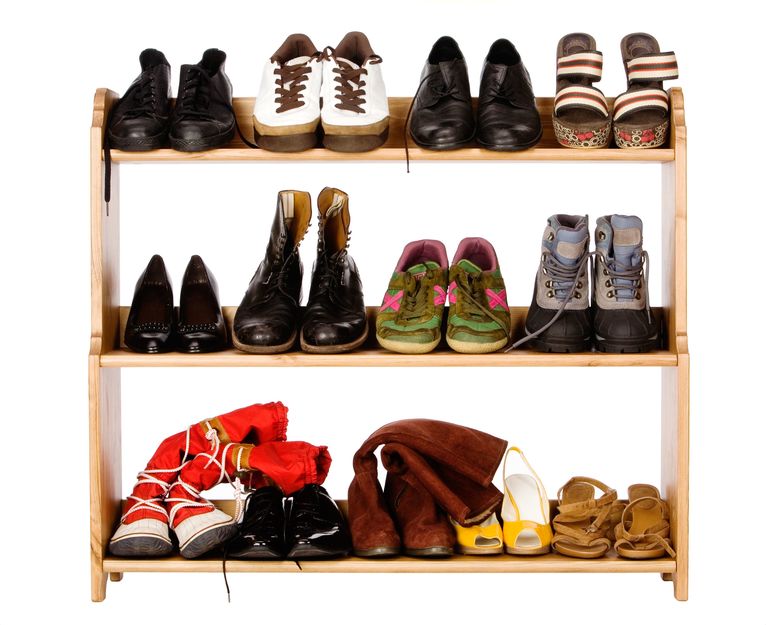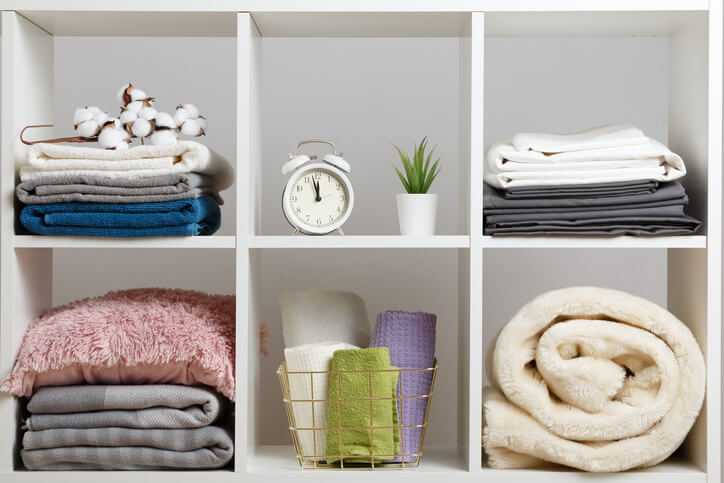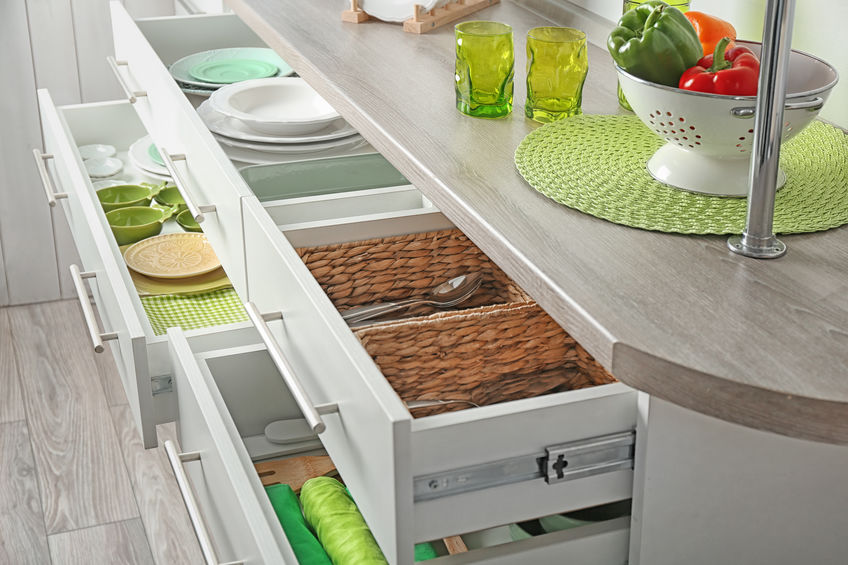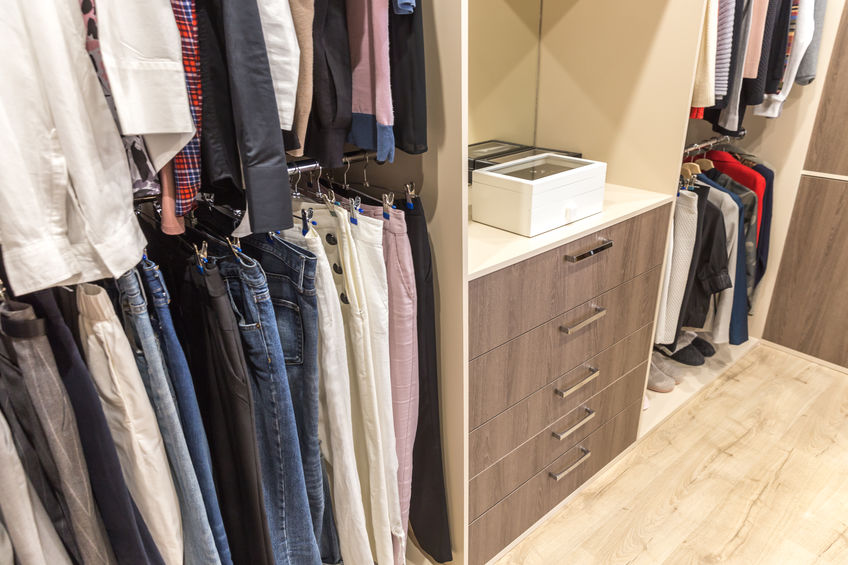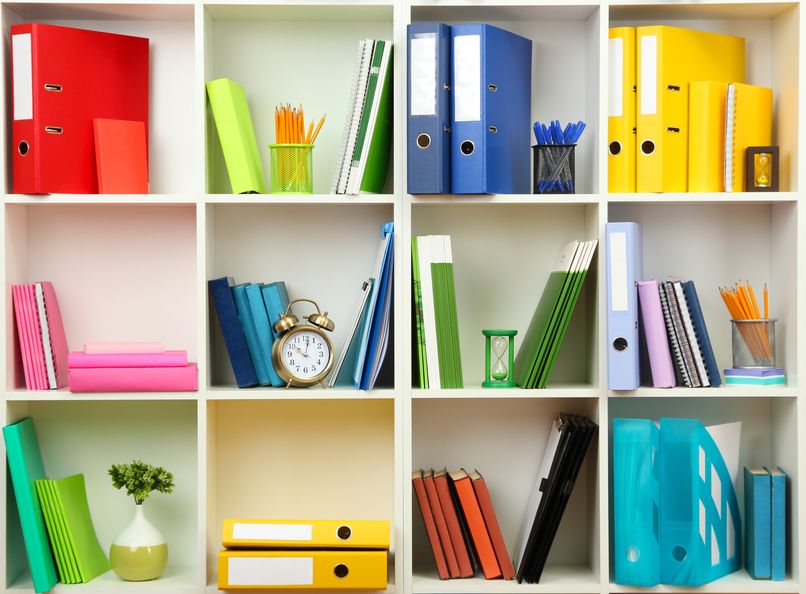Entryway Organizing
Tips and Techniques
Entryway organizing tips and techniques. Most clutter happens as kids come in from school and adults arrive home from shopping or work.
We're tired, we're hungry, and sometimes we're cranky, too.
As a result, we all dump whatever we're carrying - books, mail, shoes, shopping bags, coats, papers for Mom to sign, soccer balls, briefcases, etc. - on the first solid surface inside the door (often the kitchen counter or table).
We're just happy to be home at last, where we can take a load off. The solution to coming home clutter? Create convenient places to stash stuff on the way in (or out) the door. These entryway organizing tips and techniques can help make order out of chaos.
Entryway Organizing Tips and Techniques
Establish a clutter-catchall loading and unloading zone outside the garage or kitchen door where you and the troops tromp in. (Yellow paint is not required.)
Wherever your entry area is, it is essential to make it functional. These entryway organizing tips and techniques can help.
Start by considering what you do and what you're carrying (and dropping) as you enter your home, then design a place for it. Here's how:
Whatever the season, we always need something. In the winter, it's gloves, hats, and scarves. In the summer, it's sunglasses, raincoats, and hats.
Give each family member a small basket or bin to store the items they always seem to need as they go out the door.
No more running back inside to track it down at the last minute.
Corraling Coats and Backpacks
Backpacks: Those poor kids lug home monstrous backpacks, and, of course, they cannot possibly take them all the way to their bedrooms, now can they? If the answer is no, find a temporary holding place for the backpacks in the garage. They're in the way inside, anyway. Options include:
- Bins: Put big plastic bins of different colors near the door to capture backpacks. Assign one color for each kid.
- Hooks: Sturdy - very sturdy - hooks on the wall are another excellent alternative.
- Shelves: Keep them low and ensure they're deep enough to fit the massive backpack.
Coats: We all have one favorite jacket that we wear day in and day out each season. This garment never sees the inside of the closet because it's always at the ready.
Hang your favorite coats and rain gear on hooks near the kitchen door or your usual departure spot.
Entryway Organizing Tips and Techniques for Gear
Busy families need lots of stuff: saxophones, tennis rackets, swim goggles, etc. And they need a place to stash it until they need it again.
You want to avoid this stuff sitting by the back door for Grandma Ellie or little ones to trip over.
Ideally, the kids would walk over to the pegboard wall, which is there just for this purpose, hang the tennis rackets on the appropriate peg, then walk over to the bin, which is there just for balls, and insert the soccer ball.
And yes, that is something to strive for.
But when they are going to be using the tennis racket again the next day, that might not happen. They're human.
To avoid conflict and crashes, give each of them a bin or a space on the shelf just for their stuff. Consider making the space ample enough for their backpacks, too.
Tell your kids they must empty the bin or shelf once a week. But they do have that week's grace period. And Mom won't even look to see what's there.
Bikes are so big and tip over so easily that they require extra thought. I have a rule that bikes always go in their prescribed "parking places."
A friend of mine marked parking lines on the floor of her garage so her kids knew exactly where to put their bikes.
My friend never had to get out of her car to move a bike an inch, which is the perfect solution for occasional riders.
Entryway Organizing Tips and Techniques For A Shoe Stop
Many families have a no-shoes-inside policy. Most families have a no-muddy-shoes inside policy. That means a lot of shoes are piled beside the door.
Here are some entryway organizing alternative places to put them. The good news is they won't be piling up in your closet or sullying your carpet or rug.
- Basket: If you have a small family and need a place for only a few shoes, have a basket by the door.
- Shelving: If you have many different kinds of shoes (especially athletic shoes with cleats or riding boots) of awkward sizes or a bigger family, designate certain shelves for shoes. Add a bench or chair so Grandma can sit down while she takes off her shoes or so you can have a seat while you take off your little one's shoes.
- Shoe cubby: If you have a lot of shoes, invest in a closet shoe cubby to organize and store them all. You can also try a shoe rack.
Entryway organizing is essential if you want to eliminate coming-home clutter and ensure school-morning exits are a stress-free.
- Clean Home
- Family Life
- Entryway Organizing
